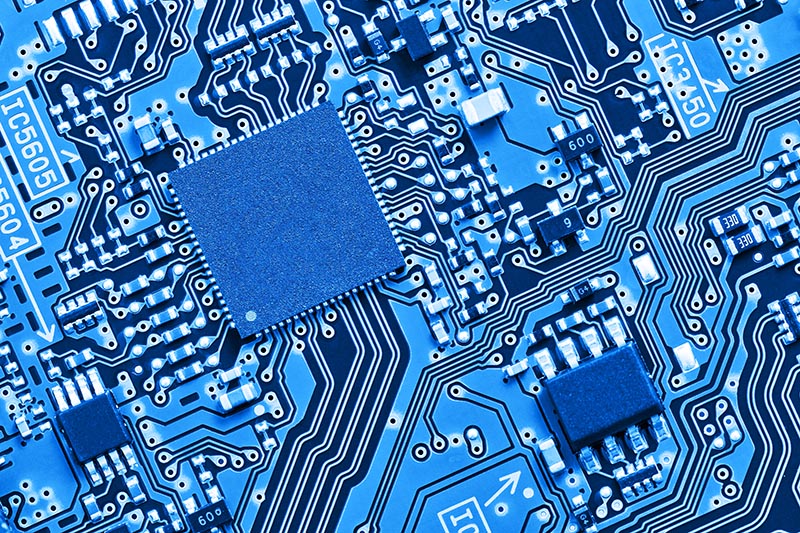
Phase change random access memory (PCRAM) has been successfully applied in the computer storage architecture, as storage class memory, to bridge the performance gap between DRAM and Flash-based solid-state drive due to its good scalability, 3D-integration ability, fast operation speed and compatible with CMOS technology. Focusing on phase change materials and PCRAM for decades, we have successfully developed 128 Mb embedded PCRAM chips, which can meet the requirements of most embedded systems.
3D Xpoint (3D PCRAM), invented by Intel and Micron, has been regarded as a new breakthrough in the last 25 years since the application of NAND in 1989, which represents state-of-the-art memory technology. This technology has some remarkable features, such as the confined device structure with 20 nm size, the metal crossbar electrodes to reduce the resistance variations in PCRAM arrays, and the ovonic threshold switching selector that can provide a high drive current and a low leakage current. A good understanding of phase change mechanism is of great help to design new phase change materials with fast operation speed, low power consumption and long-lifetime.
In a recent paper published in SCIENCE CHINA Information Sciences, researchers firstly review the development of PCRAM and different understandings on phase change mechanisms in recent years, and then propose a new view on the mechanism, which is based on the octahedral structure motifs and vacancies.
Octahedral structure motifs are generally found in both amorphous and crystalline phase change materials. They are considered to be the basic units during phase transition, which are severely defective in the amorphous phase. These configurations turn into more ordered ones after minor local rearrangements, the growth of which results in the crystallization of rocksalt (RS) phase with a large amount of vacancies in the cation sites. Further driven by thermodynamic driving force, these vacancies move and layer along certain directions; consequently, the metastable RS structure transforms into the stable hexagonal (HEX) structure. Based on the results, researchers find that reversible phase transition between amorphous phase and RS phase, without further changing into HEX phase, would greatly decrease the required power consumption. Robust octahedra and plenty of vacancies in both amorphous and RS phase, respectively avoiding large atomic rearrangement and providing necessary space, are crucial to achieve the nanosecond or even sub-nanosecond operation of PCRAM.
SOURCE: Science China Press




